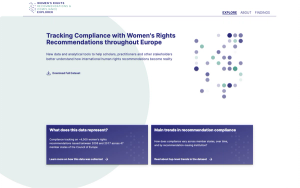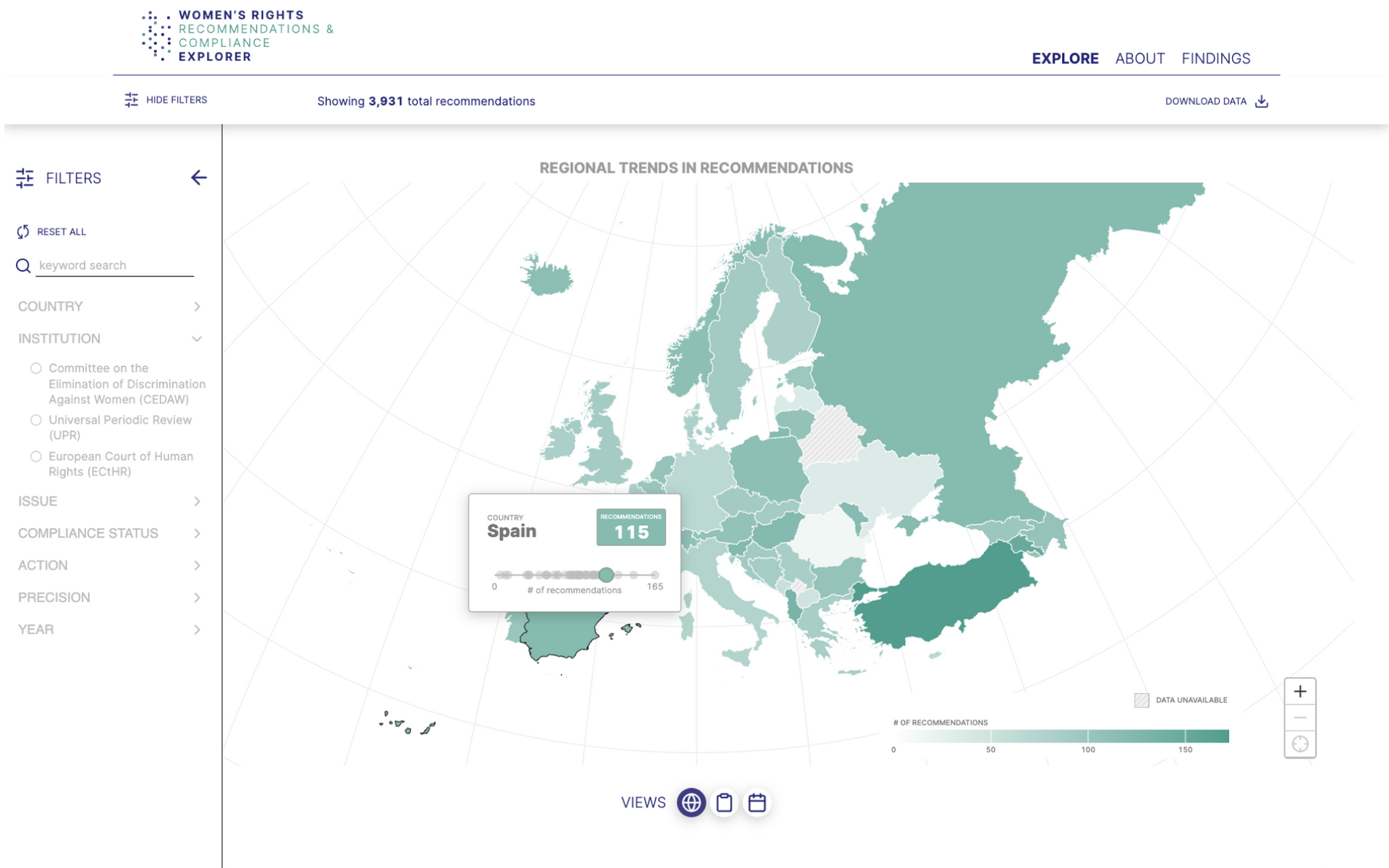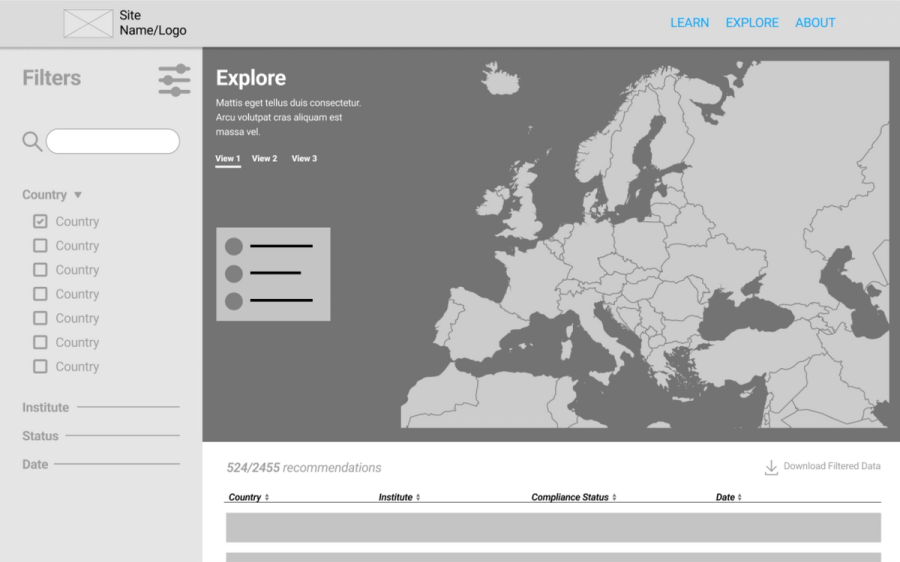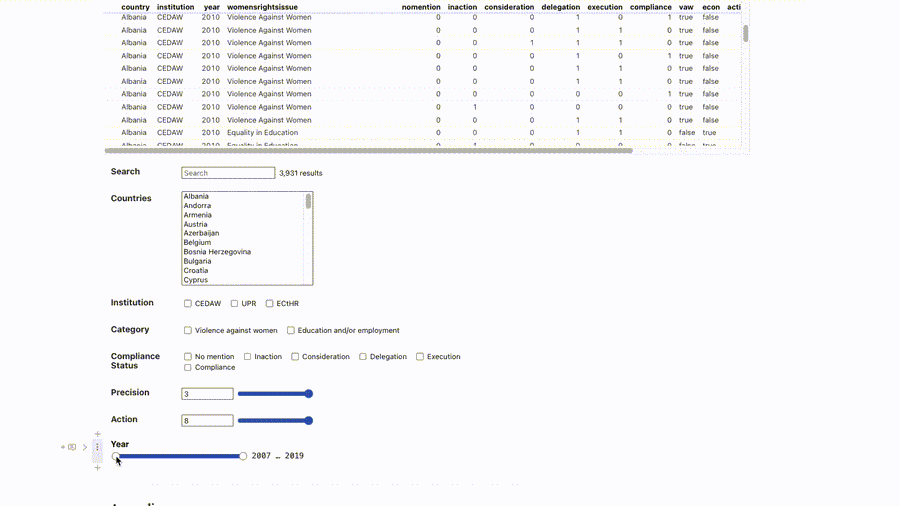
Women's Rights Recommendations & Compliance Explorer





Tracking Compliance with Women's Rights Recommendations throughout Europe.
New data and analytical tools to help scholars, practitioners and other stakeholders better understand how international human rights recommendations become reality

Human rights institutions routinely issue recommendations for improving women's rights to countries throughout Europe. However, differences across institutions and disparities in how countries handle those recommendations makes for significant challenges in monitoring the impact of those recommendations over time.
International human rights scholars Jilliene Haglund, PhD (University of Kentucky) and Courtney Hillebrecht, PhD (University of Nebraska-Lincoln) spent years building a database that standardizes women's rights recommendations, and tracks the degree to which countries are compliant. They reached out with an opportunity to design and build a website to present their database as an explorable resource to scholars, policy-makers, and activists.
The discovery stage focused on gaining a deep understanding of 1) the data and what it represents, and 2) who the primary audience would be and what kinds of questions might they hope to answer. Conversations with Drs. Haglund and Hillebrecht and a review of academic literature addressed these points and shaped the design opportunities.
The concept stage moved on to sketches and then wireframes.

Simultaneously, we began prototyping visualization concepts with real data using Observable notebooks.

These live prototypes were shared with the client, and were crucial in determining which visualization types and filtering options would be most appropriate to answering the questions the audience was most likely to have.
For the final build of the site, we also included an interactive tabular representation of the data and the ability to download a customized "view" of the dataset based on what filtering options had been selected. Behind the scenes, the site content was hosted via a customized CMS we built using Sanity, giving the client the ability to update materials well into the future.
